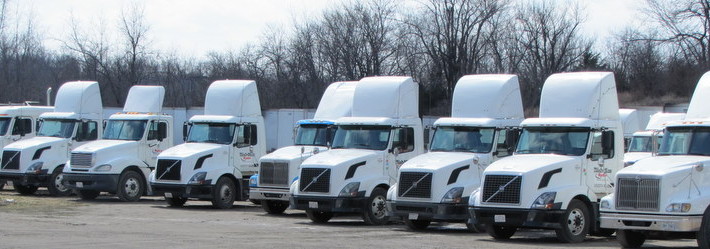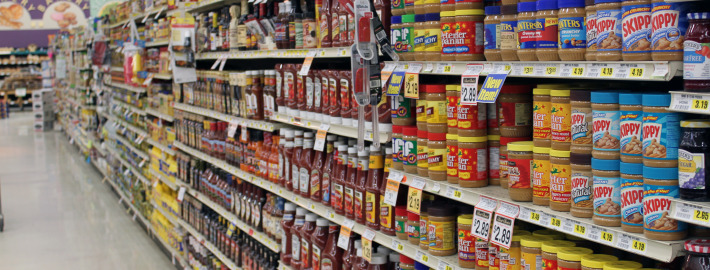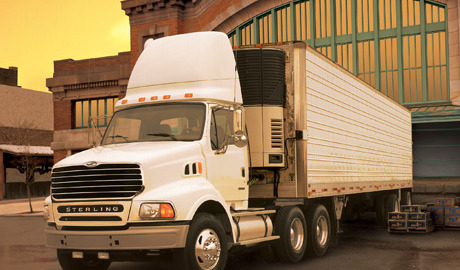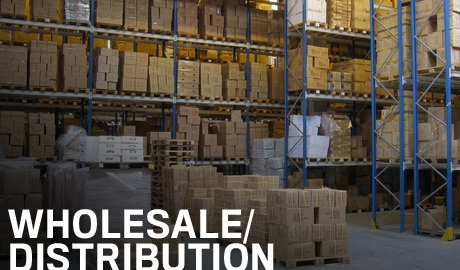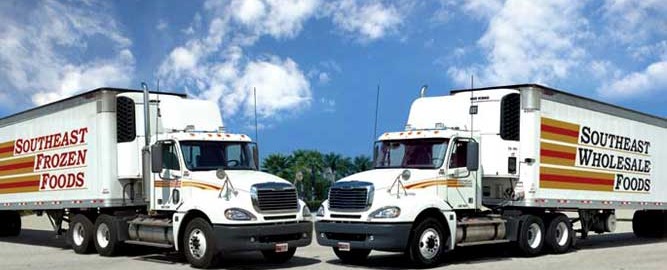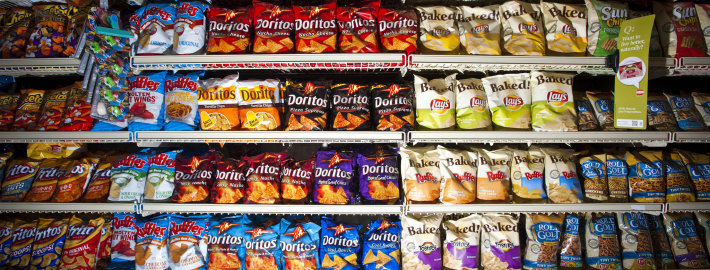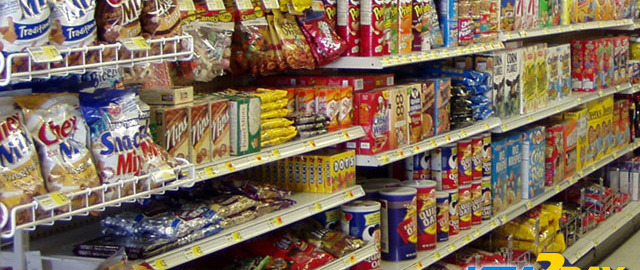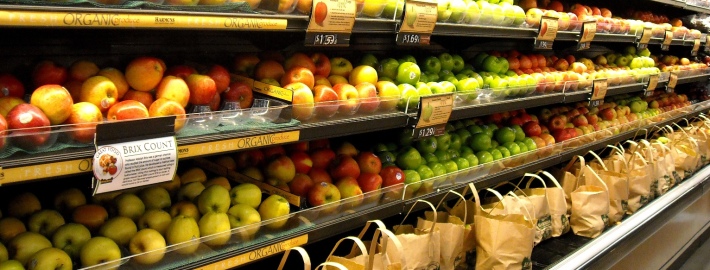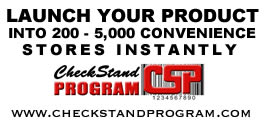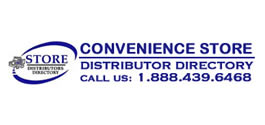Will Grocers Use Third Party Logistics for Outsourcing their Transportation Needs in Future?
Will Grocers Use Third Party Logistics for Outsourcing their Transportation Needs in Future?
Transportation costs are a major reason for growth in price level of products from manufacturers to retail stores. While large nationwide stores like Walmart, Costco, Safeway, Seven Eleven and many more have their own transportation, distribution and warehousing facilities, small stores rely on local distributors for their merchandise. Food products required by grocery stores are also in great demand by restaurants, hospitals, schools and other finished food retailers. In the midst of food distribution the parties involved have to also be careful about selling their finished products within a certain period of time as they are perishable and cannot be stored for long.
To reduce distribution costs grocers and convenience stores have varying strategies for both warehousing and transportation to retain competitiveness. To keep a cap on transportation requirements grocery wholesale distributors are using both third party carriers and their own private fleet for distribution of merchandise to their list of retailers. This hybrid transportation methodology helps both transporters to improve their distribution techniques and minimize wastage. Increasingly even food hubs close to large farms which work as cooperatives to collect and distribute food from local farmers use their own distribution trucks for local areas and sometimes transportation facilities of convenience store brokers to send it to distant markets.
Why third party logistics are profitable for grocery chains and convenience stores chains
- A growing number of large transportation truck drivers are retiring or moving on to more lucrative job opportunities. New generation is not keen about taking long distance driving as a profession due to the hazards involved and easy availability of job opportunities. This is forcing stores to offload their low-profitable areas to third party distributors which are working for other stores in the area.
- Flexibility that third party trucking companies provide in food distribution is invaluable especially during harvest time and peak holiday season when grocer has to use their own trucks for large number of pickups from farms to manage local demand. Similarly when demand is low then grocer can reduce number of third party deliveries and also maintain customer demand without wastage.
- Retailer chains which have operations on a national level will be unable to maintain their deliveries on their own at all seasons and often use third party carriers to reduce cost of transportation from manufacturer to store to provide competitive prices to their customers.
- The use of third party logistics also helps reduce potential risk of labor conflict and total shutdown as with potential threat of these logistics providers the laborers are also worried about losing their contracts.
- With lesser trucks and merchandise to manage the grocery retailer is also safe from increased capital outlay and expenditure. Though it can make them vulnerable to same delivery issues which the third party distributor is exposed to the amount saved from assets purchased can be used to expand store outlay and make it more appealing.
Though convenience stores and grocery store chains understand that using external transportation facilities may add to the overall cost of merchandise, the benefits accruing from this system far outweigh the expense as they can achieve better productivity from hybrid transportation system. The recent increase in labor costs followed by transportation costs due to high rates of fuel has reduced the grocers’ margin forcing them to relook at the supply chain network to reduce operational costs for having profits. To keep their business profitable retailers have to measure the costs of distributing their products by themselves or through third party logistics providers.
Types of third party transportation management providers to retailers – Depending on the type of product there are several types of transportation management providers that specialize in food distribution like wholesale food suppliers and those that deliver apparel, shoes, cosmetics, accessories, cleaning products, tobacco and several others. These distributors are small and large which distribute goods either within the state or on national level on the basis of their expertise and profitability. While some third party distributors focus on small parcel shipments which are carried over large distances through their network of trucks and warehouses large bulk carriers transport goods by rail or ships which are then loaded on trucks and moved to retailers and grocery store distributors.
Manufacturer distributors – In this setup the manufacturer or point to point wholesale distributor take the responsibility of distributing the finished product directly from production point to convenience store chain or grocer. This type of delivery is possible when the whole truckload is bought by the retailer store which saves the transportation cost of moving from one retailer to other making deliveries.
Central distribution center to retail stores – Instead of having their own transportation service to supply finished products to retailers, manufacturers have a finished goods warehouse or distribution center. This is then moved to other locations by wholesale grocery distributors and convenience store brokers through their own transportation facilities by breaking them into smaller individual orders for distribution to retailers.
National distribution channels- These are centers where small manufactures and producers bring their individual finished products which are packed and ready for delivery. These distribution centers are sometimes run by food distributors, wholesalers, manufacturers’ cooperatives, and also by retailer groups to have a uniform delivery system. These products are then distributed to retailers which are a part of this association in small quantities for sale in vehicles which are generally owned by the distribution agency itself.
Grocers know that minimizing logistics and transportation costs can help maintain operational costs. As distributors add their own markup to products handled and delivered by them it can affect overall price a retailer charges from end customers. If a large wholesale retailer can take delivery of products from manufacturers’ factory or distribution center then they can provide lower price depending on transportation costs. In the use of third party logistics retailers have to look for multi-client distribution services which travel nationwide to distribute food and other convenience products to large and small retailers in a profitable manner. Like manufacturers, retailers also set up cooperatives to setup their own distribution network or engage third party distributors to complement their operations.

